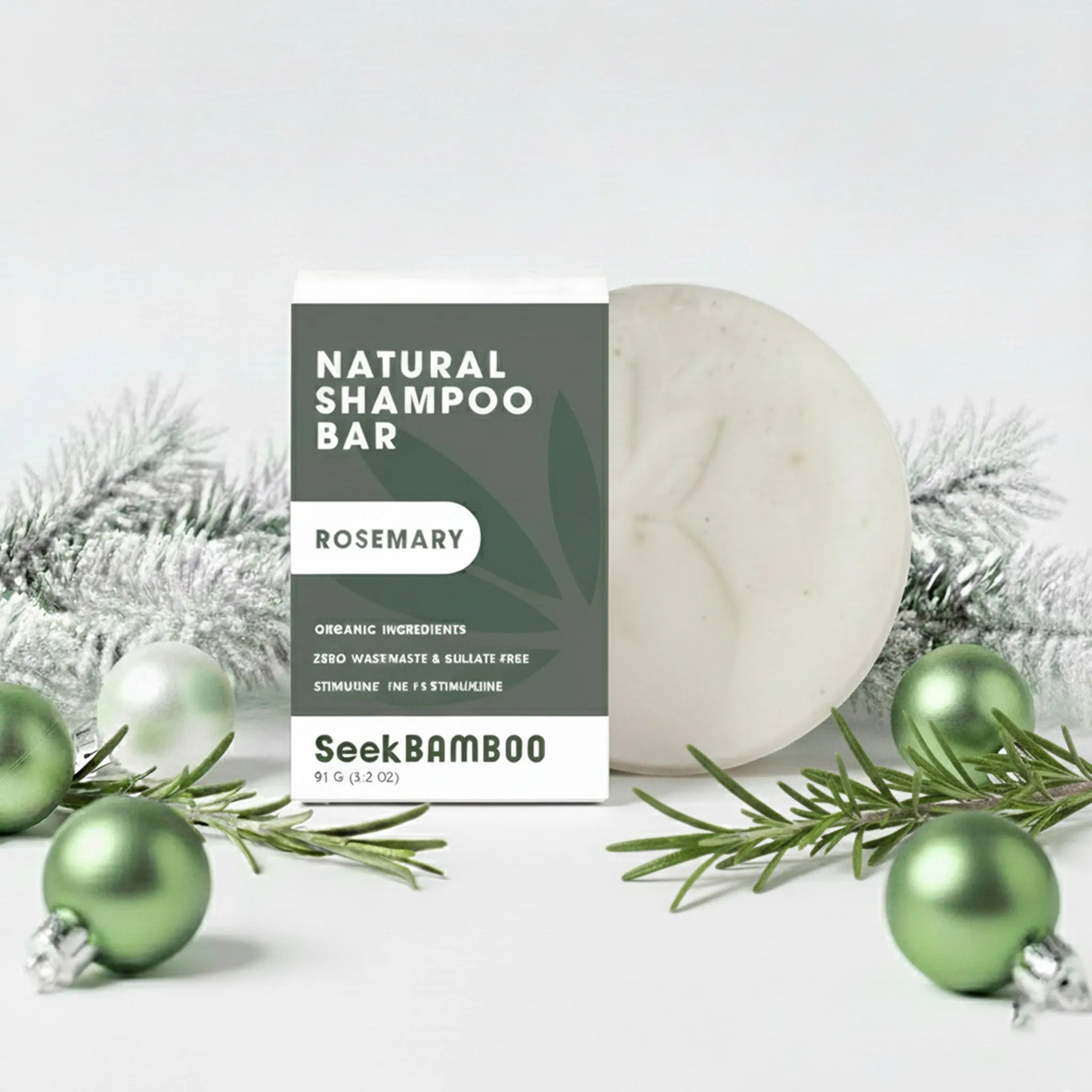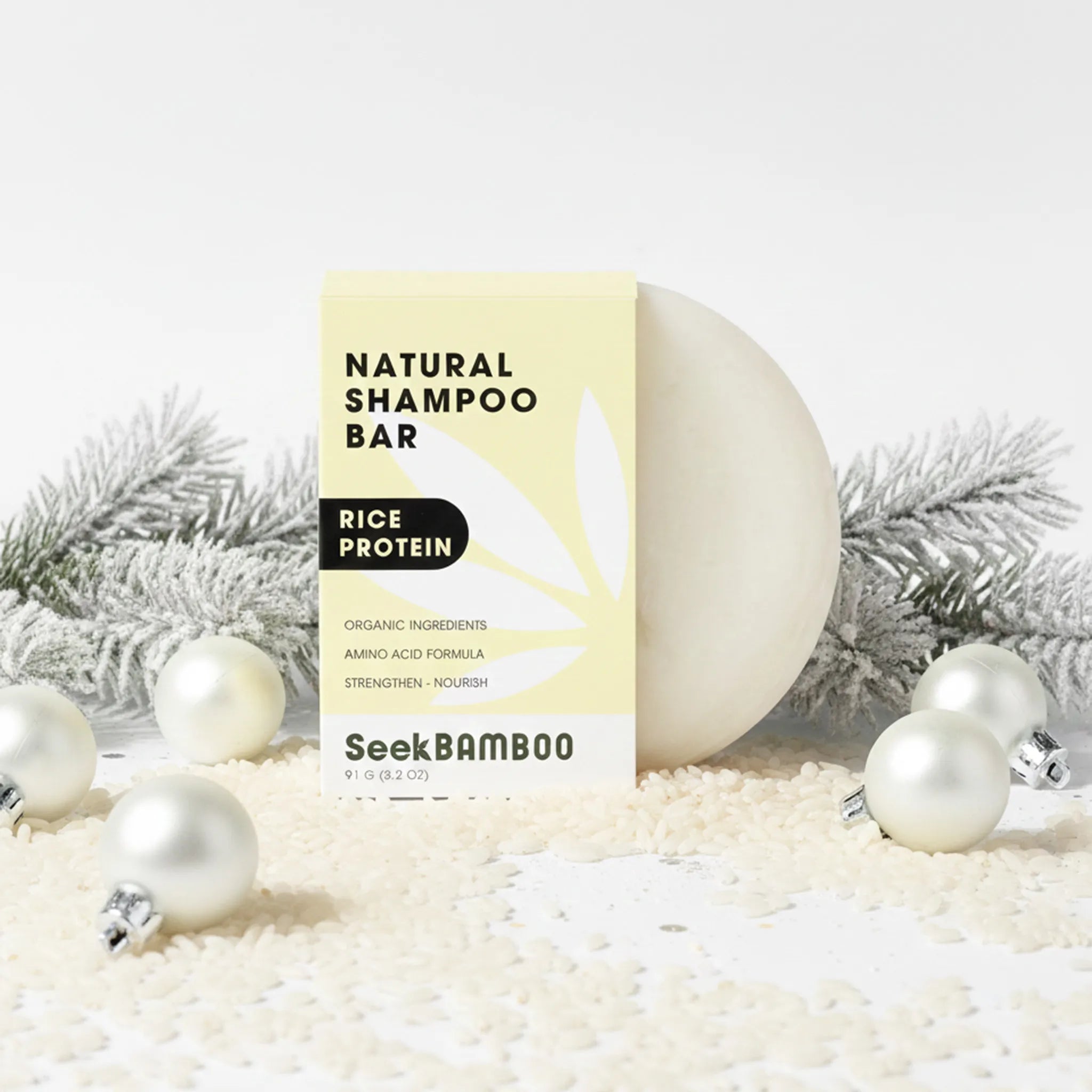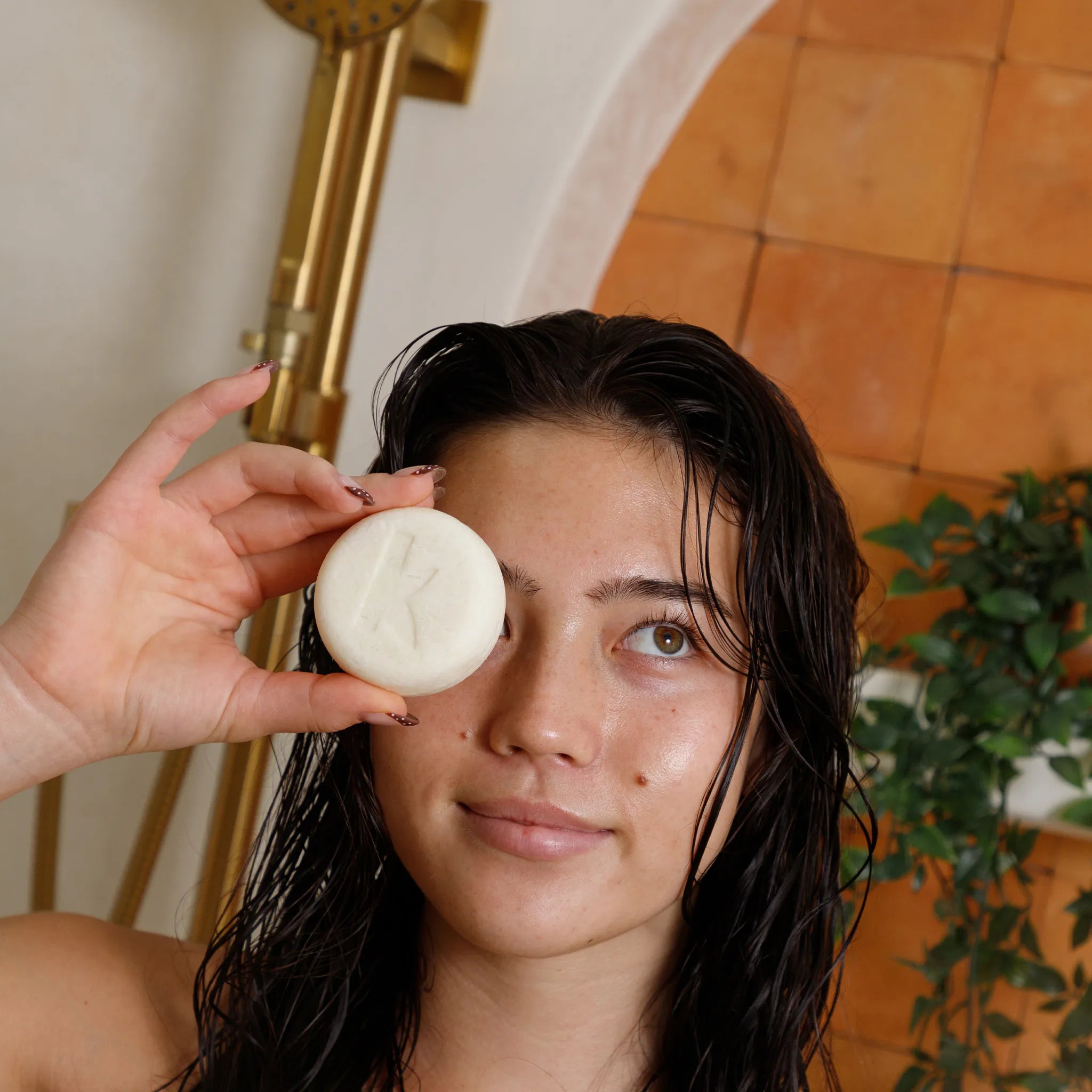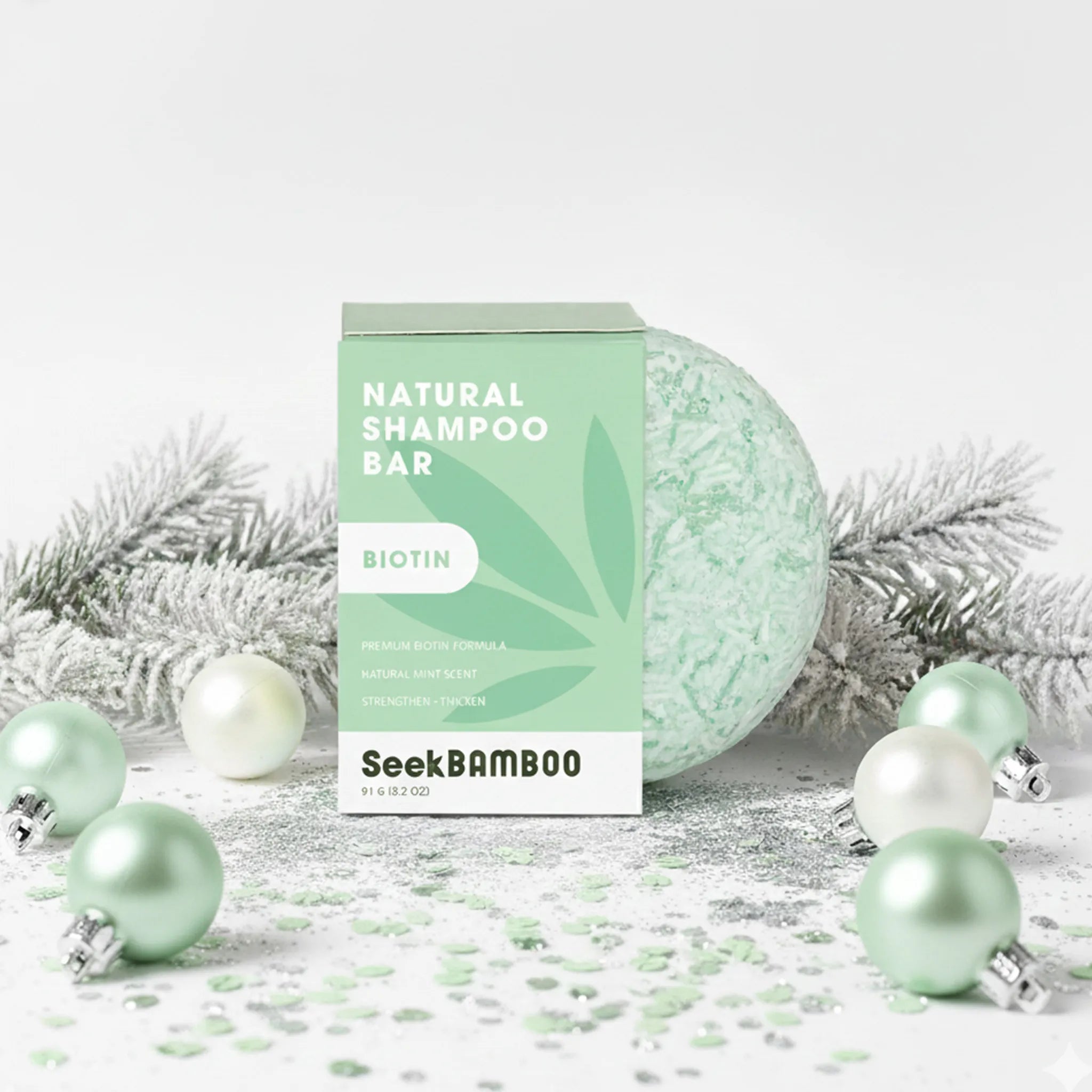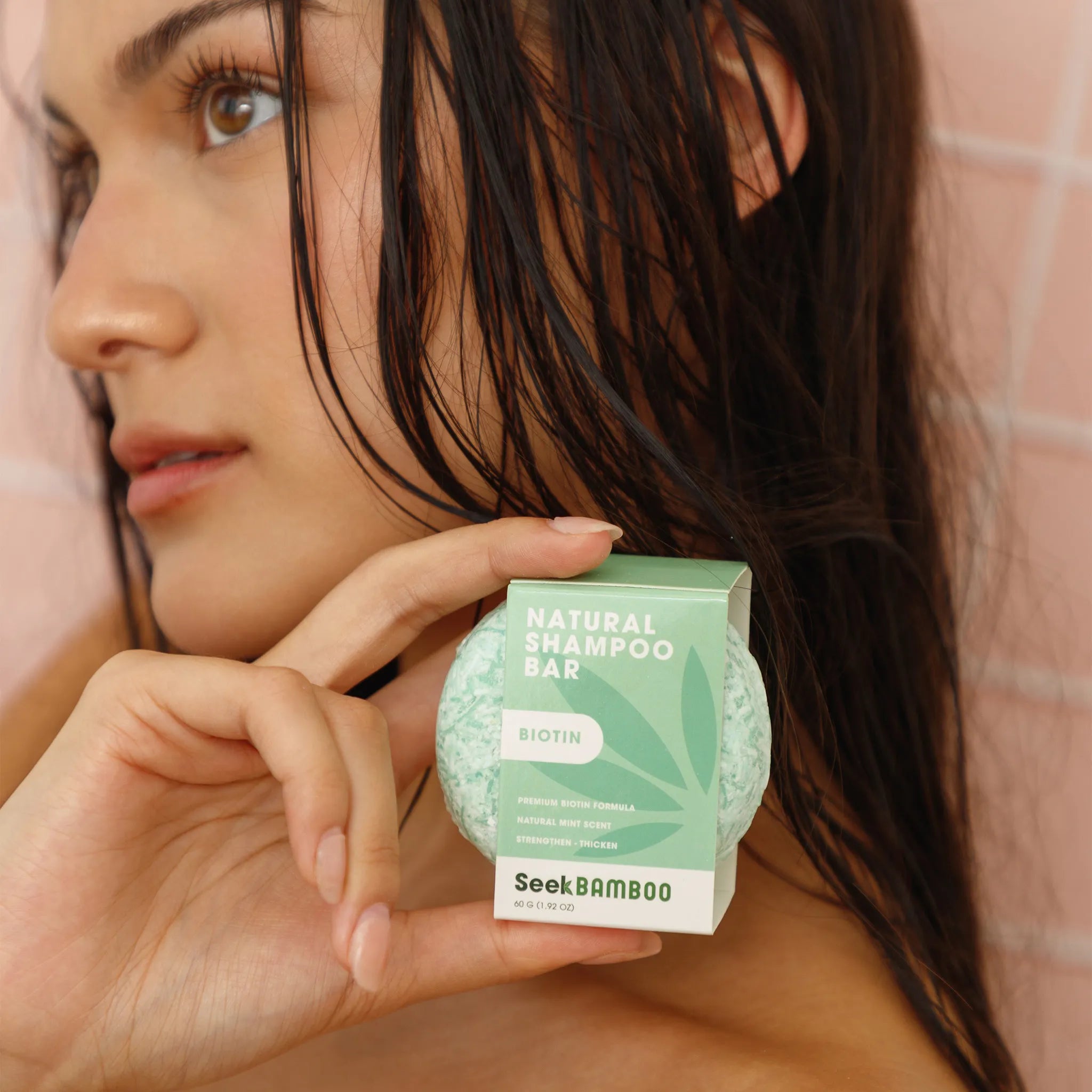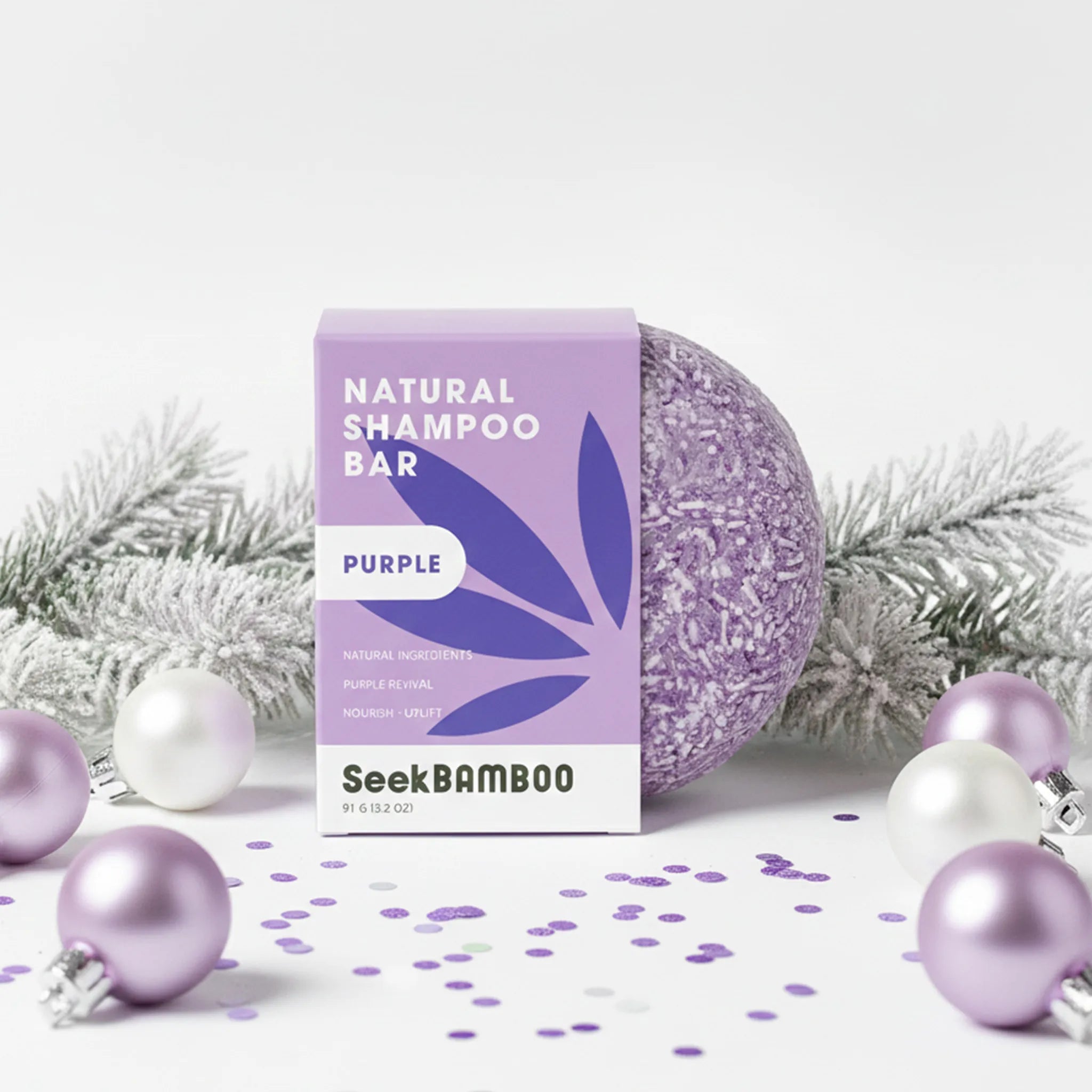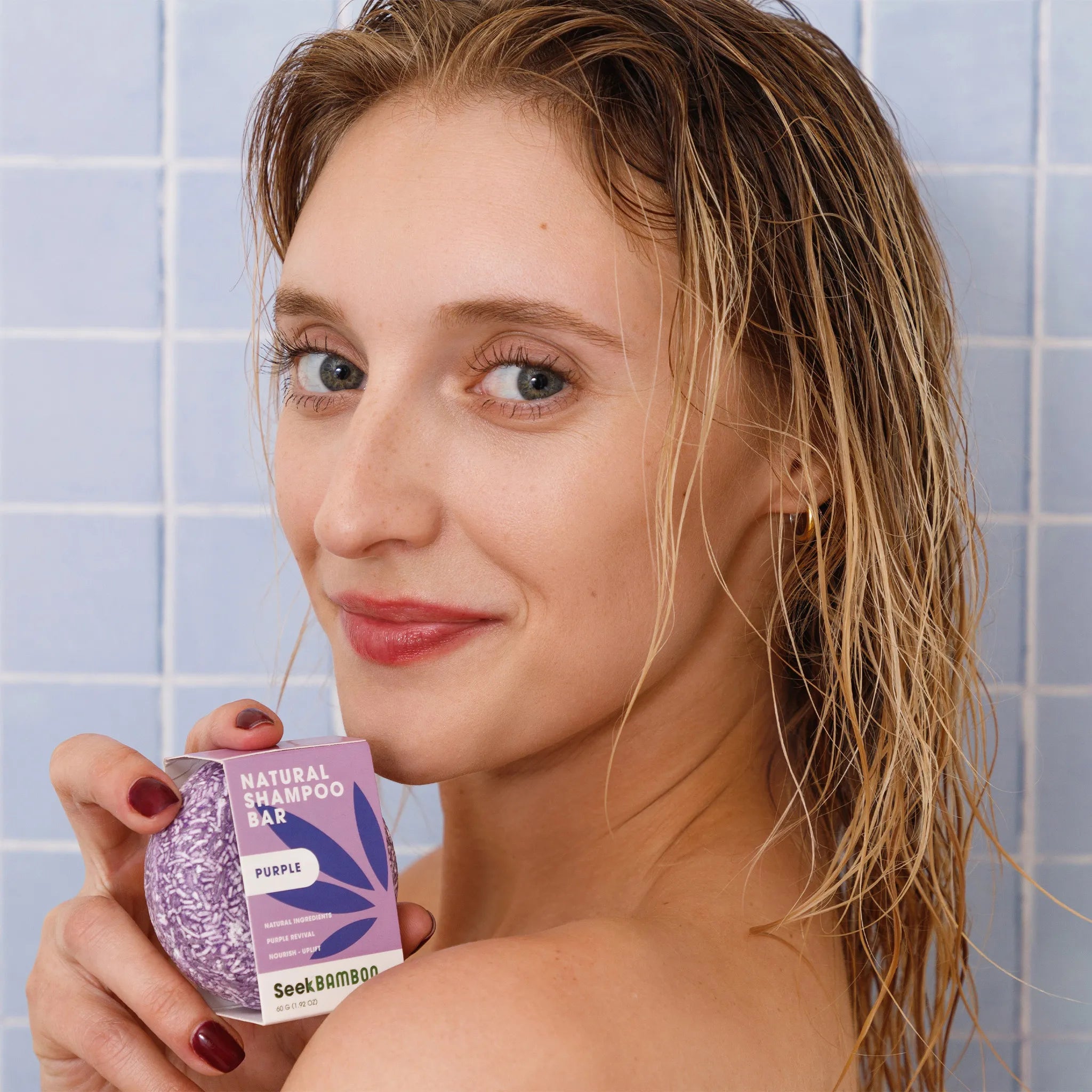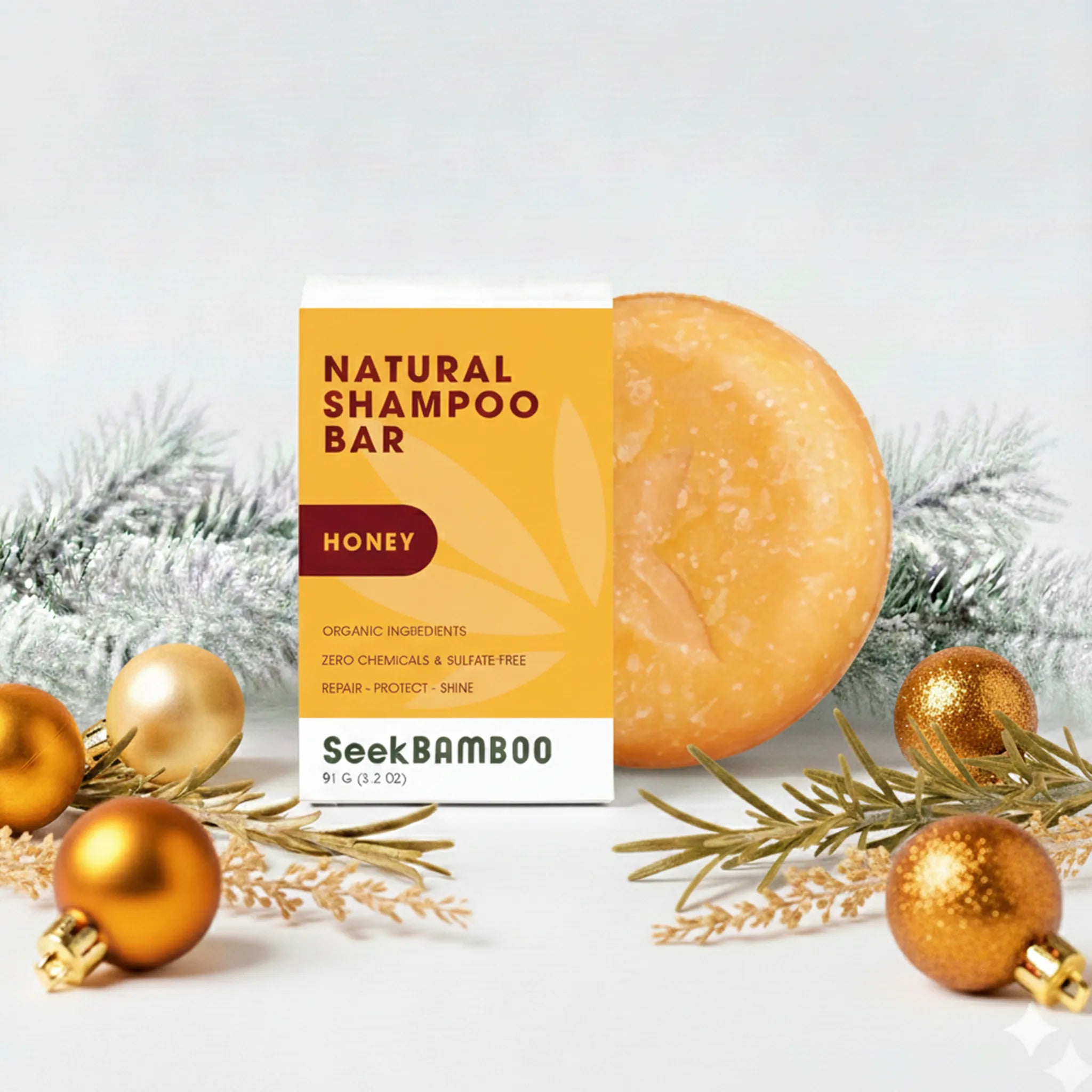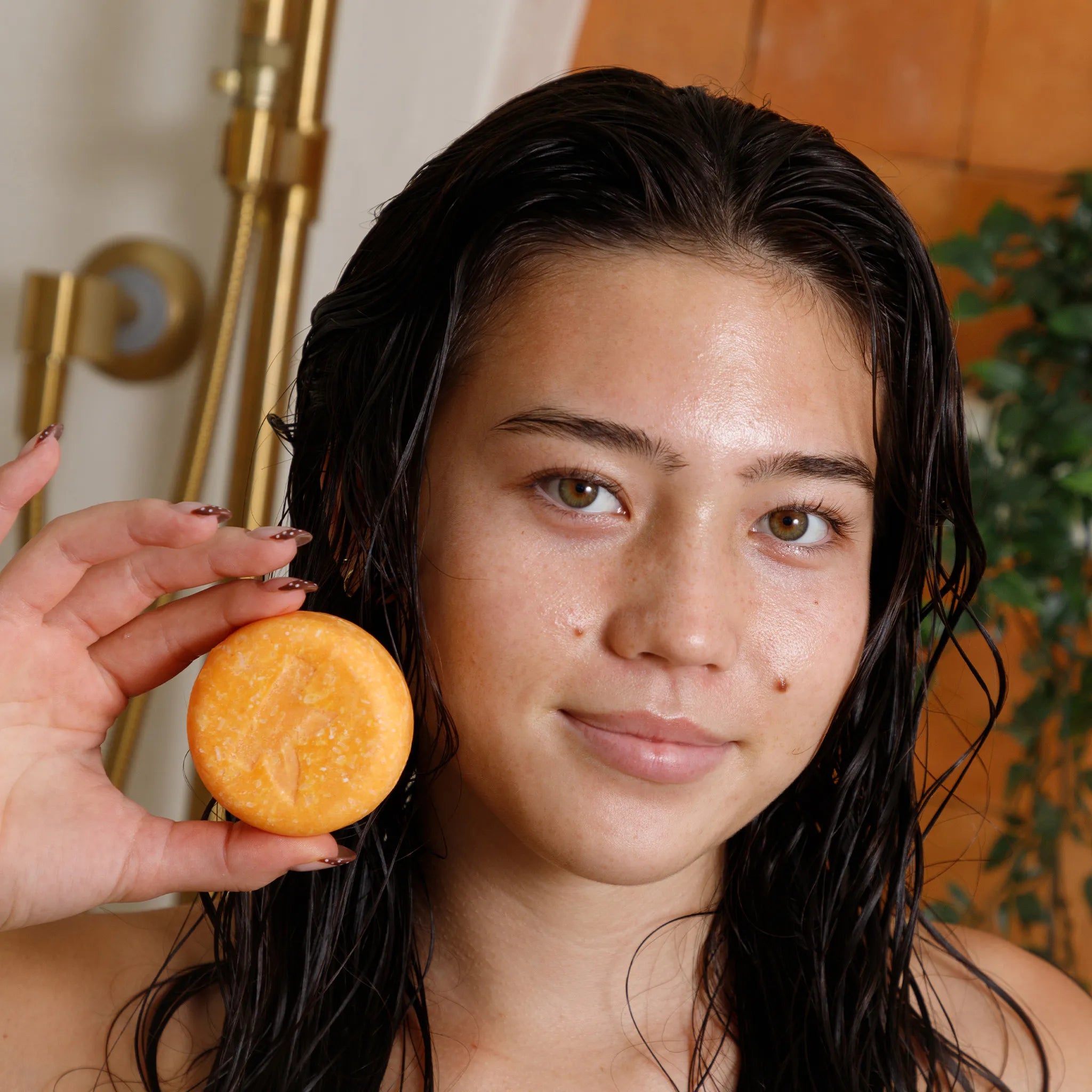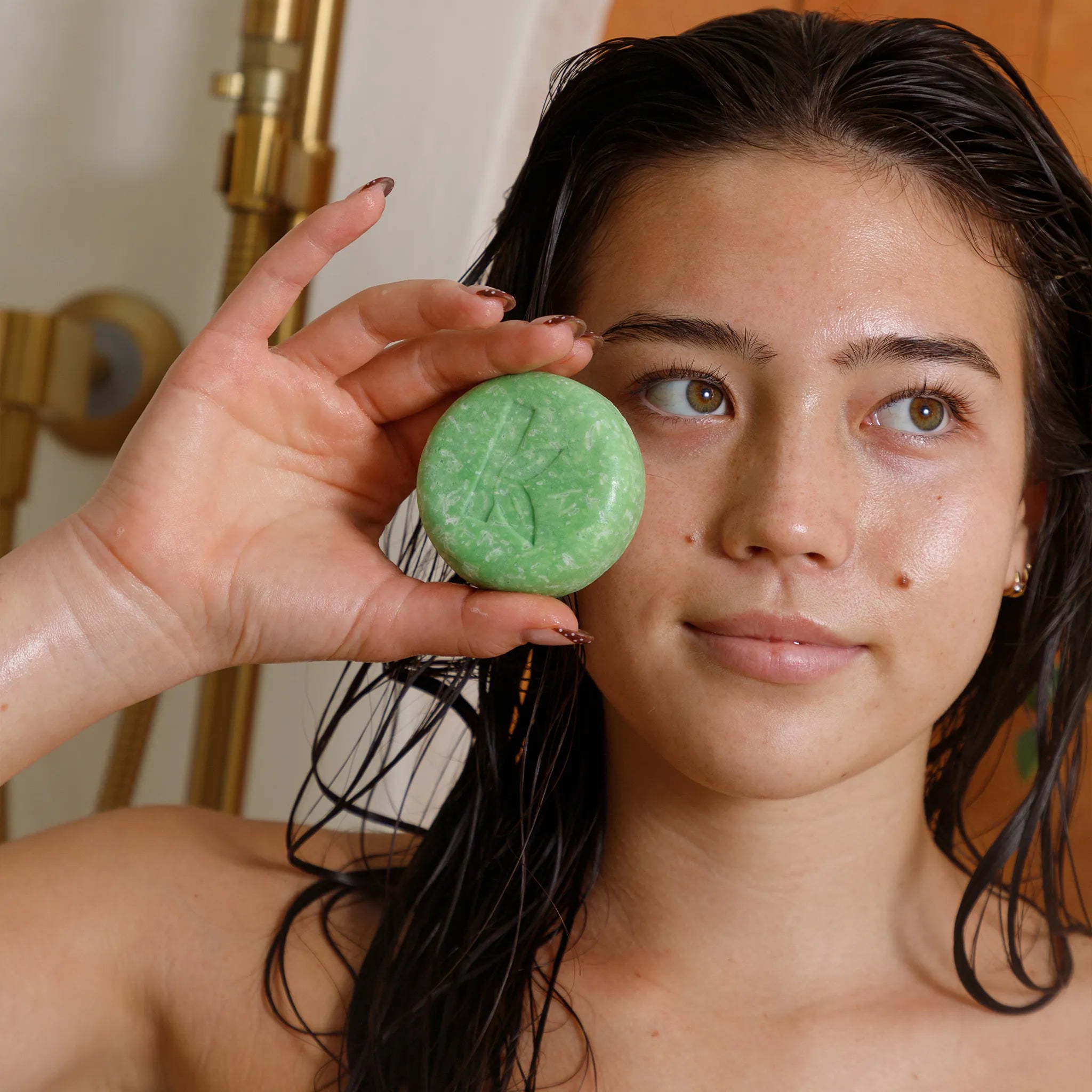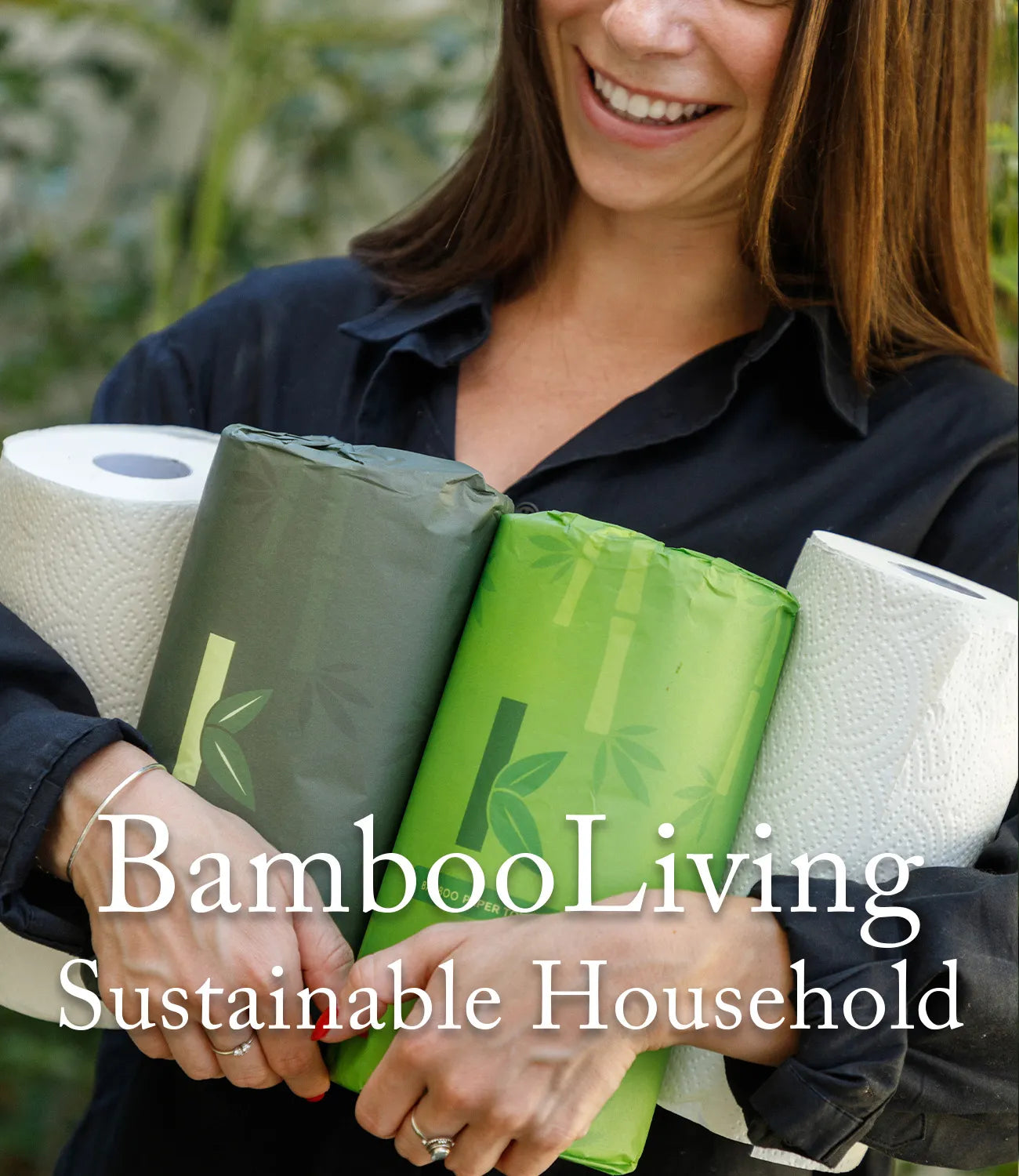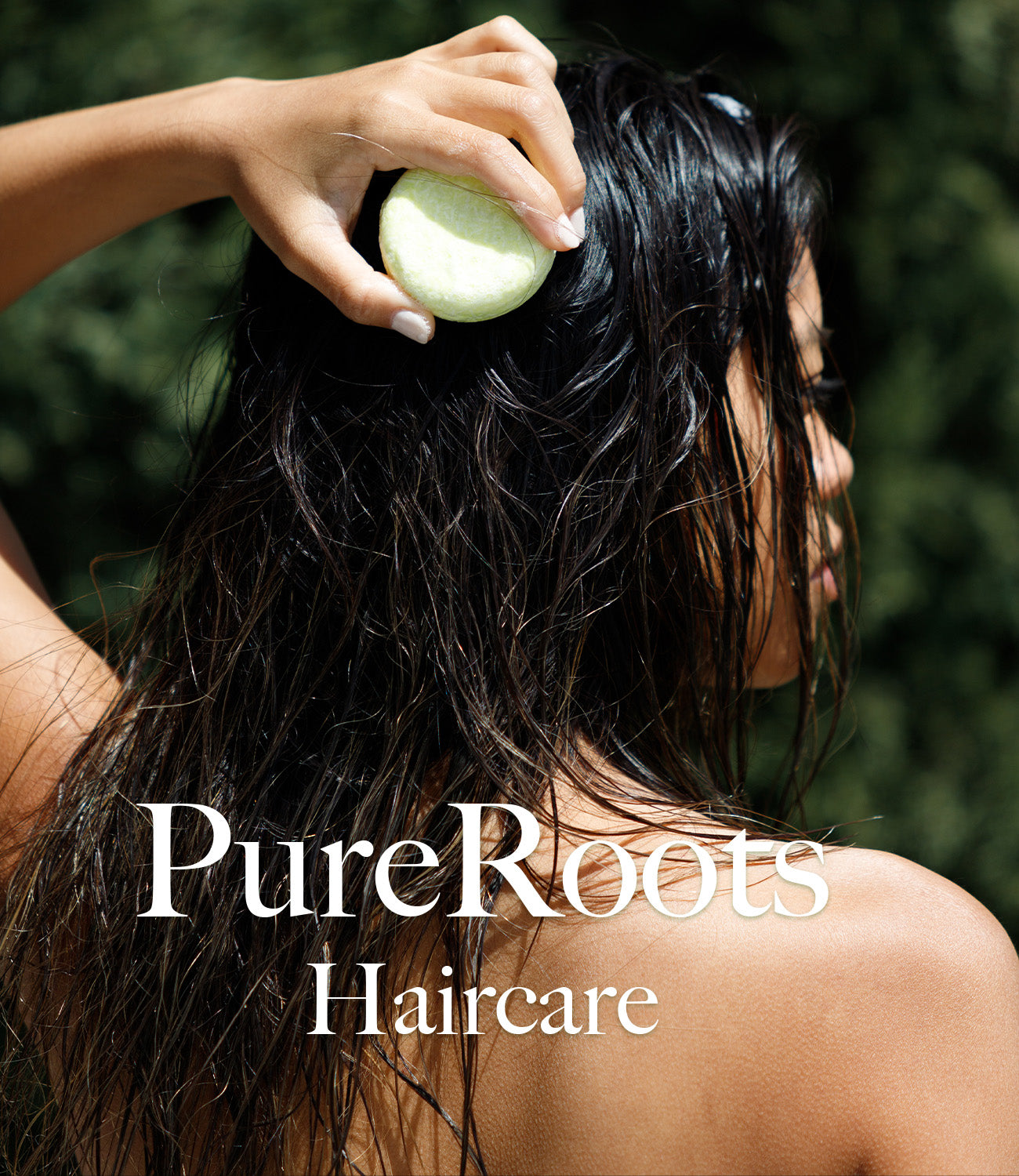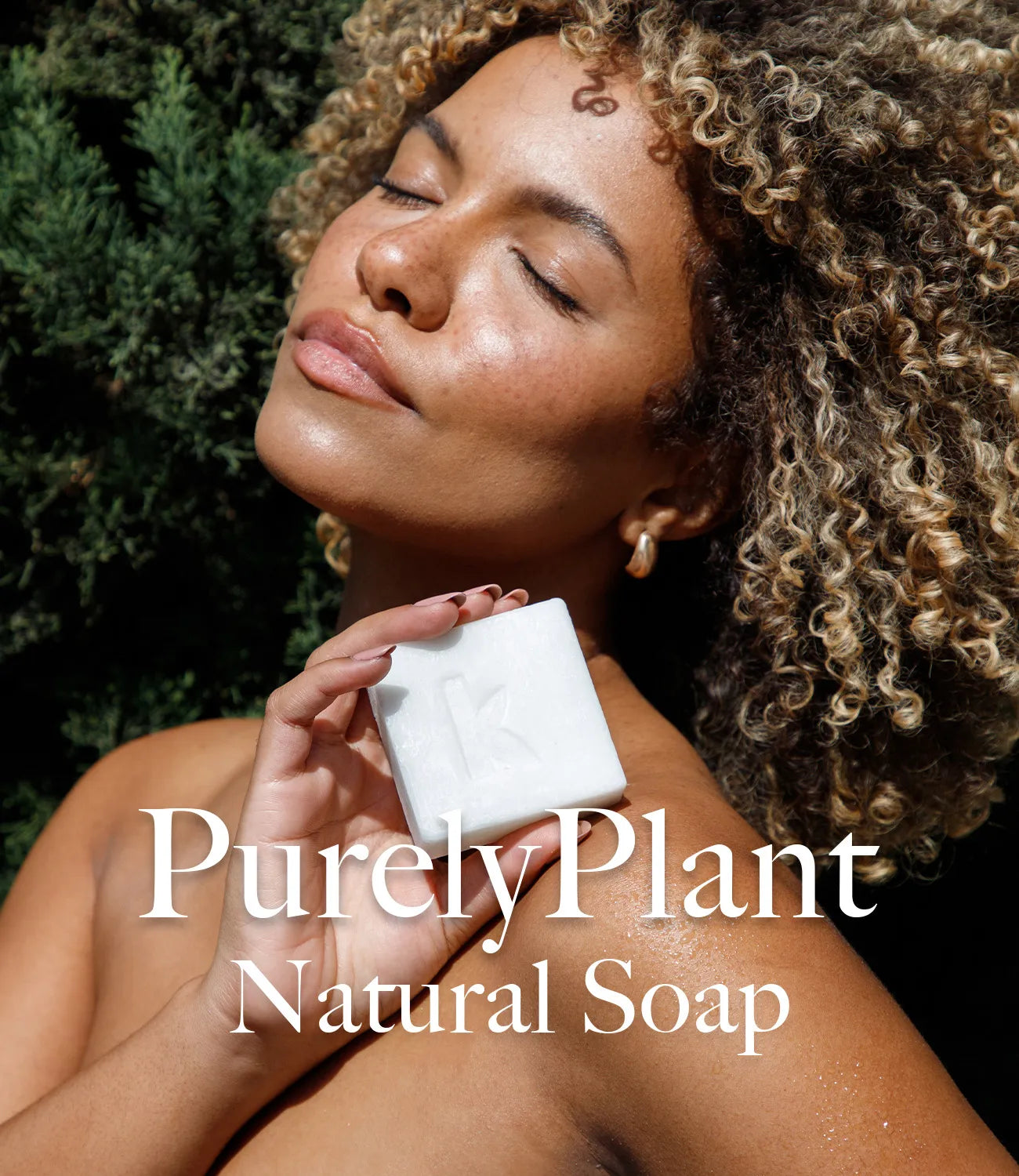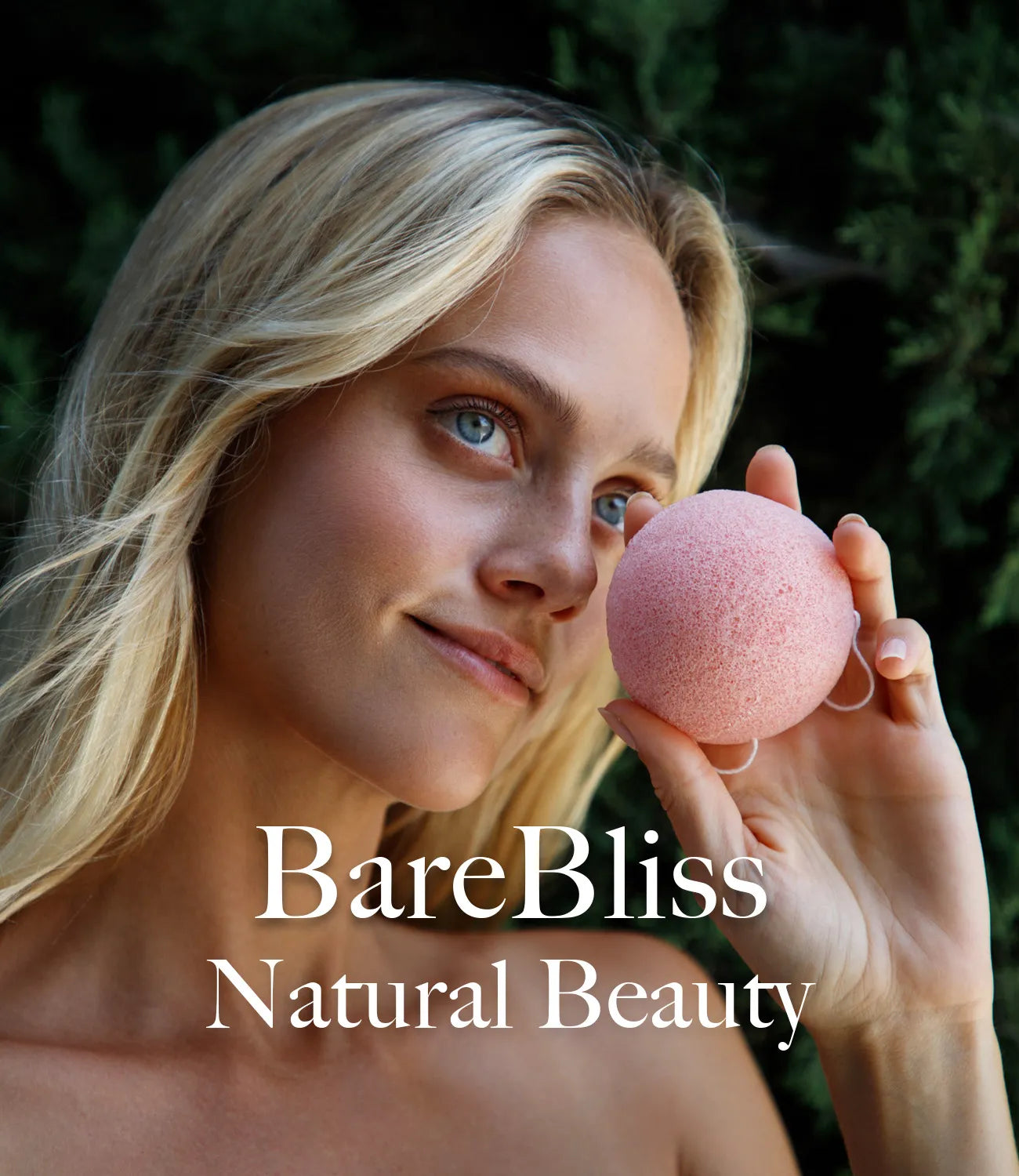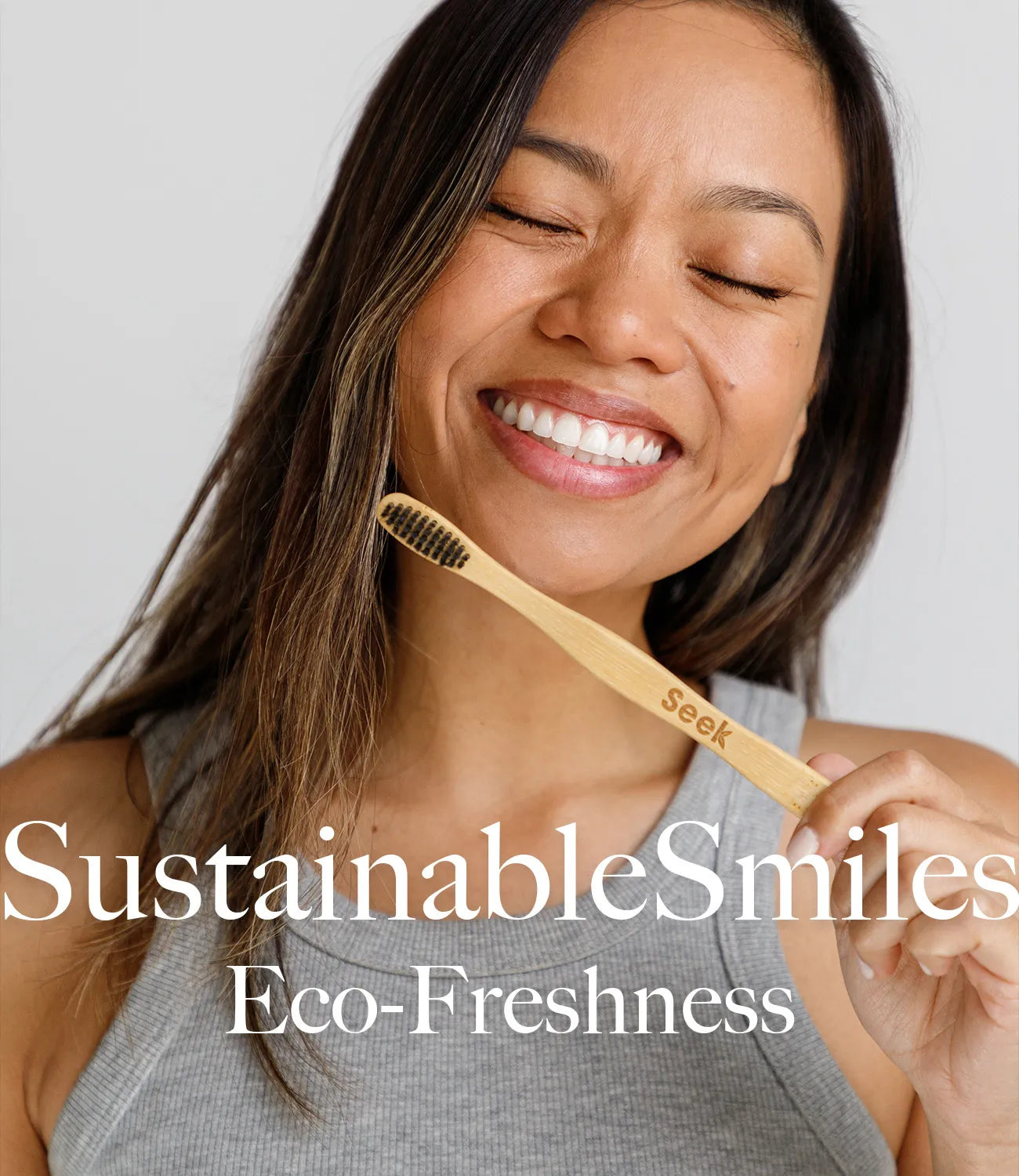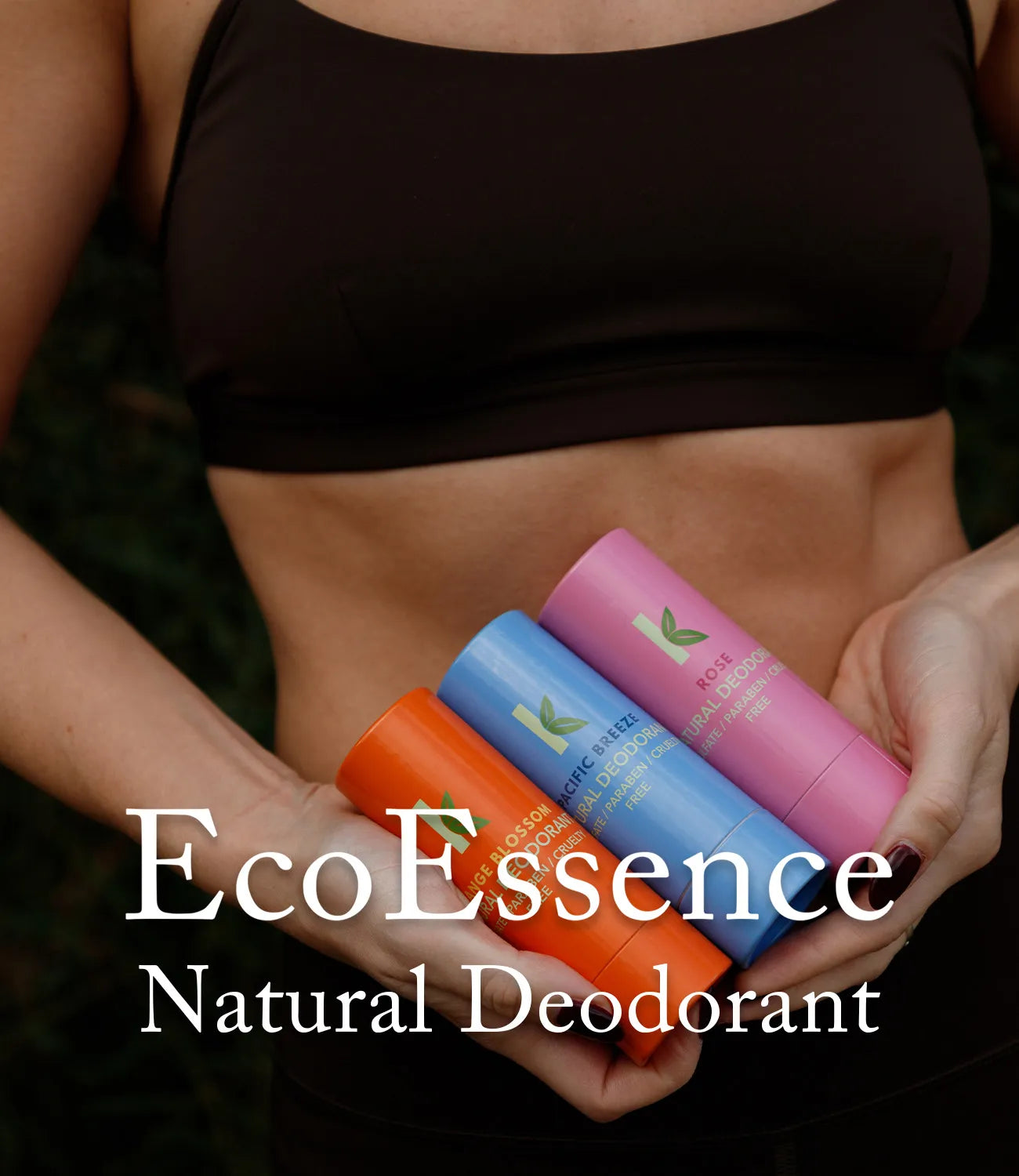When it comes to the everyday ritual of cleansing, the choice of soap may seem like a straightforward one. However, behind the appealing packaging and alluring scents of your average store-bought soap lies a hidden truth: it's anything but natural. These mass-produced bars often contain a cocktail of synthetic additives and chemicals that can leave your skin feeling less than pampered. Natural soap, on the other hand, represents a return to simplicity and purity in skincare. It's a product crafted with a commitment to harnessing the power of natural ingredients while leaving out the harsh chemicals found in many commercial alternatives. In this blog, we'll embark on a journey to unveil the essence of natural soap, exploring what sets it apart from conventional options and why making the switch to natural soap is a small yet significant act of self-care and environmental responsibility. Get ready to rediscover the beauty of mindful cleansing and sustainable skincare.
What Is Natural Soap Made Of?
Natural soap is a testament to the age-old art of soapmaking, which relies on a simple yet effective combination of natural ingredients. Unlike commercial soaps that often incorporate a host of synthetic additives, natural soap prides itself on its clean and minimalistic composition.
At its core, natural soap is primarily made of two key components:
- Natural Oils and Fats: The heart of natural soap lies in natural oils and fats, such as olive oil, coconut oil, palm oil, and shea butter. These oils are carefully selected for their unique properties and are rich in vitamins and fatty acids that nourish and hydrate the skin. Each oil brings its own benefits to the soap, contributing to lather, moisturization, and cleansing.
- Lye (Sodium Hydroxide): Lye, a strong alkaline substance, is an essential ingredient in soapmaking. It plays a pivotal role in a chemical process known as saponification. During saponification, lye interacts with the natural oils and fats, transforming them into soap. While lye is a caustic substance in its pure form, it is entirely consumed in the chemical reaction, leaving behind a gentle and skin-friendly product.
In addition to these core ingredients, natural soap may also incorporate other elements to enhance its properties:
- Natural Fragrances: Essential oils extracted from plants are commonly used to add natural scents to the soap. Lavender, eucalyptus, citrus, and mint are just a few examples of the delightful fragrances that can be infused into natural soap.
- Natural Colorants: For those seeking aesthetically pleasing soap, natural colorants derived from sources like herbs, spices, and clays are used to create subtle, earthy hues.
- Exfoliants and Additives: Some natural soaps include natural exfoliants like oatmeal, coffee grounds, or poppy seeds, providing gentle scrubbing to help remove dead skin cells.
The beauty of natural soap lies not only in its ingredient list but also in the artisanal craftsmanship that goes into its creation. Soapmakers carefully balance these elements to create unique formulations that cater to different skin types and preferences.
By embracing the simplicity of natural ingredients and sidestepping the harsh chemicals found in many commercial soaps, natural soap offers a cleaner, gentler, and more sustainable path to skincare. It's a choice that not only nurtures your skin but also respects the environment, making it a win-win for both you and the planet.
What Else Is A Natural Soap
Now that we understand a little bit of the difference in ingredients used for synthetic soap. Here are some key characteristics and components of natural soap:
- Natural Ingredients: Natural soap is crafted using ingredients sourced from nature. These ingredients can include vegetable oils (such as olive oil, coconut oil, or palm oil), plant-based butters (like shea or cocoa butter), essential oils for fragrance, and natural colorants (e.g., herbs, spices, or clays). These components are chosen for their skin-friendly properties.
- Lack of Harsh Chemicals: Natural soap is free from harsh synthetic chemicals often found in mass-produced soaps. This includes detergents, sulfates, parabens, artificial fragrances, and synthetic preservatives, which can be harsh on the skin and potentially harmful to the environment.
- Cold Process or Hot Process: Natural soap is typically made using traditional soap-making methods, such as cold process or hot process. These methods involve carefully blending oils and lye (sodium hydroxide) to create soap through a chemical reaction known as saponification. The soap maker has control over the ingredients and can customize the soap for various skin types.
- Gentle and Moisturizing: Natural soap tends to be gentle and moisturizing, thanks to the natural oils and butters used in its production. It often contains glycerin, a natural byproduct of the saponification process, which helps retain moisture in the skin.
- Variety and Customization: Natural soap makers often offer a wide variety of scents, textures, and formulations to cater to different skin types and preferences. You can find natural soaps with various natural fragrances and even exfoliants like oatmeal or poppy seeds.
- Environmentally Friendly: Many natural soap makers are committed to environmentally friendly practices. They may use sustainable ingredients, biodegradable packaging, and avoid animal testing.
Featured collection
Switch to Eco-Friendly Shampoo
FAQs To Discover the Benefits of Eco-Friendly Shampoo Bars
What is an Eco-Friendly Shampoo?
Eco-friendly shampoo is a hair-cleansing product made from natural, biodegradable ingredients that minimize environmental impact. These shampoos avoid harsh chemicals, sulfates, and synthetic fragrances, making them safer for both your hair and the planet. Eco-friendly shampoos often come in sustainable packaging, like recyclable or compostable materials.
Why Should I Switch to Eco-Friendly Shampoo Bars?
Switching to eco-friendly shampoo bars reduces plastic waste significantly. Traditional shampoo bottles contribute to the millions of tons of plastic waste generated annually. Shampoo bars are typically packaged in minimal, recyclable, or compostable materials. Additionally, they often last longer than liquid shampoos, offering better value for money. Plus, they're travel-friendly and free from harmful chemicals, promoting healthier hair and scalp.
How Do I Use a Shampoo Bar?
Using a shampoo bar is simple:
- Wet your hair thoroughly.
- Rub the shampoo bar between your hands to create a lather or directly onto your scalp.
- Massage the lather into your scalp and hair.
- Rinse thoroughly with water.
- For best results, follow up with an eco-friendly conditioner bar.
Are Eco-Friendly Shampoo Bars Suitable for All Hair Types?
Yes, eco-friendly shampoo bars come in various formulations to suit different hair types and needs. Whether you have oily, dry, curly, or color-treated hair, there’s a shampoo bar designed for you. Look for bars with ingredients that match your hair type, such as moisturizing oils for dry hair or clarifying herbs for oily scalps.
Do Eco-Friendly Shampoo Bars Work as Well as Liquid Shampoos?
Absolutely! Eco-friendly shampoo bars can be just as effective, if not more so, than their liquid counterparts. They often contain concentrated natural ingredients that provide a rich lather and deep cleanse without stripping your hair of its natural oils. The absence of harsh chemicals also means they are gentler on your hair and scalp.
What Ingredients Should I Look for in an Eco-Friendly Shampoo Bar?
Look for shampoo bars with natural, organic ingredients like:
How Long Does a Shampoo Bar Last?
A typical shampoo bar lasts between 50 to 80 washes, depending on the size of the bar and the length/thickness of your hair. This makes them a cost-effective option compared to liquid shampoos, which often run out faster.
Are Eco-Friendly Shampoo Bars Vegan and Cruelty-Free?
Many eco-friendly shampoo bars are both vegan and cruelty-free. They do not contain animal-derived ingredients and are not tested on animals. Always check the product labeling or the company’s website for certifications to ensure these ethical standards.
How Do I Store My Shampoo Bar?
To extend the life of your shampoo bar, store it in a dry place between uses. Use a soap dish with drainage or a soap saver bag to keep it from sitting in water. This prevents the bar from becoming mushy and helps it last longer.
Can Eco-Friendly Shampoo Bars Help with Dandruff or Scalp Issues?
Yes, many eco-friendly shampoo bars are formulated to address specific scalp issues, including dandruff. Look for bars with tea tree oil, neem, or peppermint, known for their anti-fungal and soothing properties. These natural ingredients can help alleviate dandruff and other scalp irritations without harsh chemicals.



